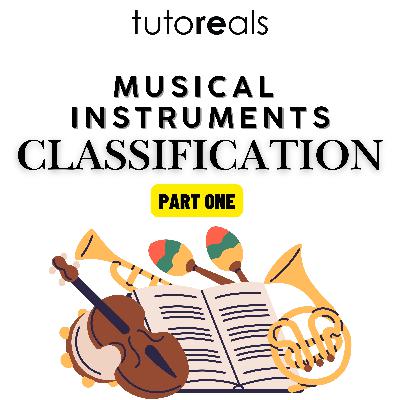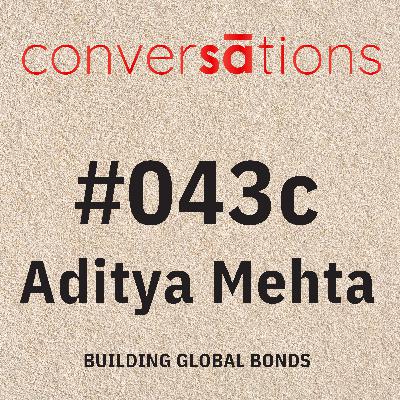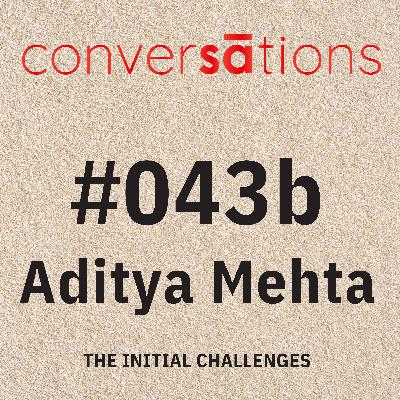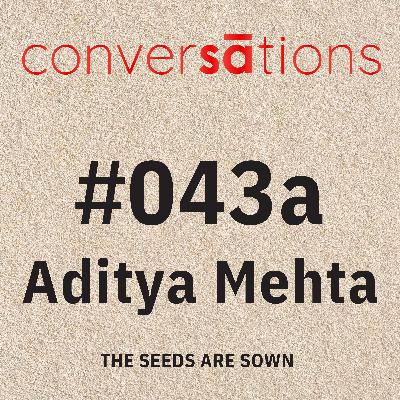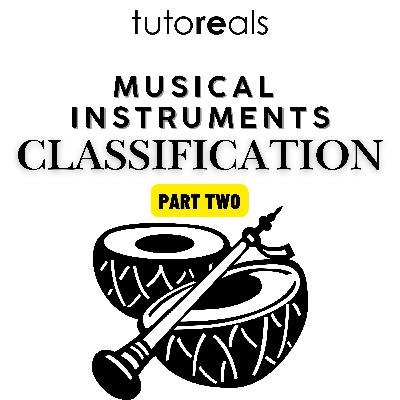#40 - Classification of musical instruments - part 1 | tutoREal | music basics
Description
Welcome to Part 1 of the tutoREal series on the Classification of Musical Instruments! In this video, we explore the European Cultural Classification system, which categorizes instruments based on traditional orchestral families: woodwind, brass, percussion, string, and keyboard instruments. 👉 Learn how each instrument type works 👉 Hear examples like the flute, trumpet, violin, piano, and more 👉 Understand why instruments are grouped the way they are 👉 Prepare for music theory exams, music classes, or general knowledge 📚 What You'll Learn in This Episode: ✔️ The 5 orchestral instrument families in European tradition ✔️ Characteristics and examples of woodwind, brass, percussion, string, and keyboard instruments ✔️ The basics of how these instruments produce sound ✔️ The role of instruments like the piano, harpsichord, pipe organ, and accordion 🎧 Examples of Instruments Covered: ∙ Woodwinds: Flute, Clarinet, Saxophone ∙ Brass: Trumpet, Trombone, French Horn ∙ Percussion: Snare Drum, Cymbals, Xylophone ∙ Strings: Violin, Harp, Guitar ∙ Keyboards: Piano, Pipe Organ, Accordion 📌 Don’t forget to watch Part 2 where we dive into the Indian Cultural Classification and the Ethnographic (Hornbostel–Sachs) System! Script: Vijay KurienVideo by: Aditya MehtaAudio: AIMusic & photo samples courtesy: Martin Tichy, @ViennaSymphonicLibrary

